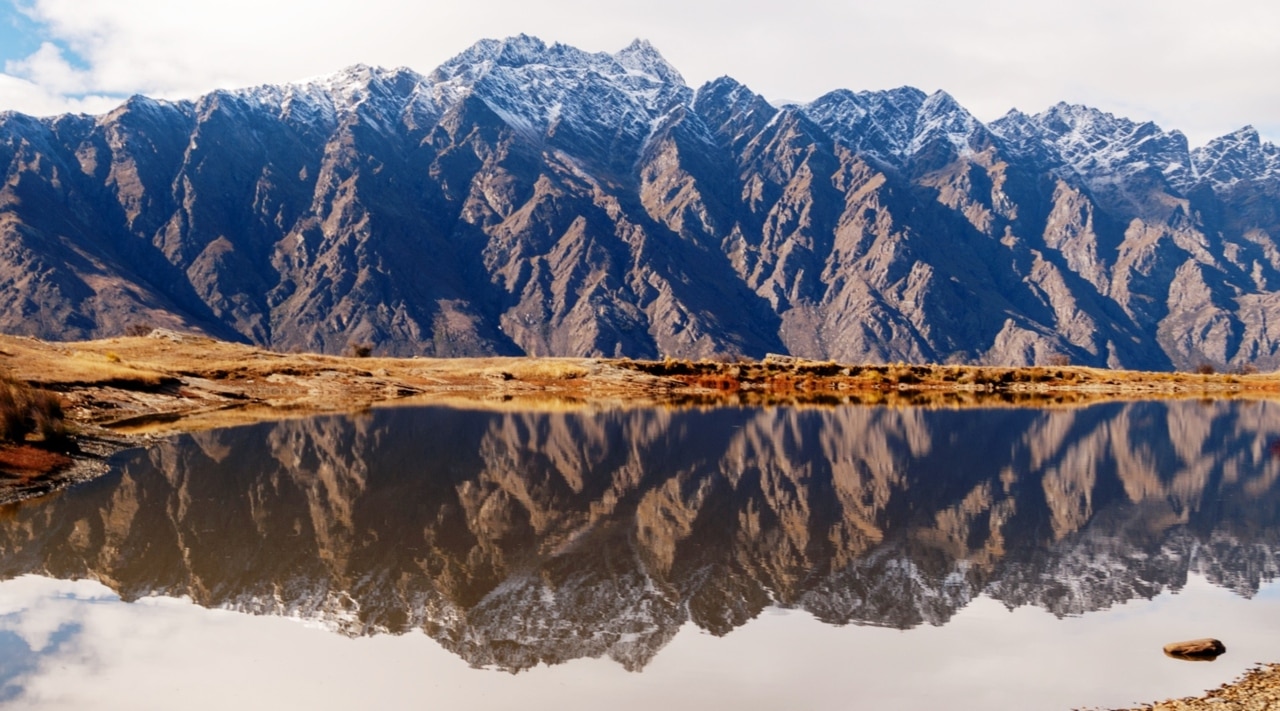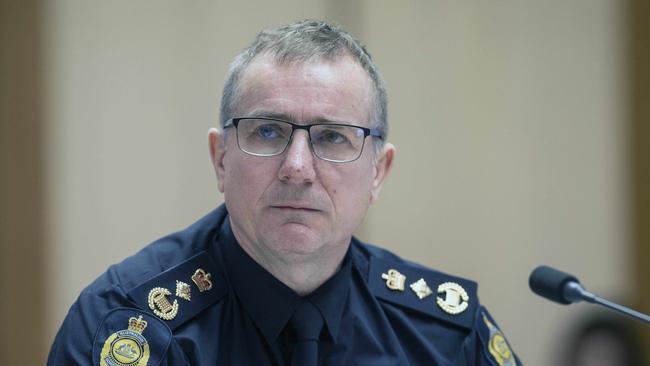What international travel will look like when borders reopen
It has been revealed what international travel could look like when borders are finally reopened. The steps being considered for travellers will have you missing the old border security check ins.

QLD Politics
Don't miss out on the headlines from QLD Politics. Followed categories will be added to My News.
Australian Border Force boss Mike Outram has revealed what international travel could look like when overseas borders start to open again, with a range of protection measures and new technology being prepared.
COVID-19 tests prior to departure from your overseas port and on arrival, airports split into red zones and green zones, as well as hi-tech biometrics to collect data for contract tracing could all be part of the plan.
What AstraZeneca vaccine pause means for UQ’s vaccine
The ABF leader gave a stark warning about what to expect, but indicated a New Zealand travel bubble was still on the cards.

“Closing the borders was hard. I can tell you, opening it will be exponentially harder,” Mr Outram told a CEDA online conference yesterday.
Mr Outram said the ABF’s role had changed significantly since COVID-19 broke out, but there were making sure they would be in a position to help port operators, airlines and cruise operators to restart travel when the time came.
“It’s hard to imagine we can wait until everybody is vaccinated before we reopen the international border,” he said.
“Until National Cabinet and the (Australian Health Protection Principal Committee) really start to open up to the idea that we might start going that way, we can watch what the rest of the world is doing.”
National Cabinet will decide policy on when and how to reopen the international border.
But he said the ABF, along with the Department of Foreign Affairs and Trade and Health department were closely watching overseas examples.
“In Singapore they’re putting in place things like requiring some travellers to do a COVID test pre-departure from their country of departure, 72 hours before boarding,” Mr Outram said.

“They have to prove they were in that country for 14 days prior to departure, it would have to be a low-risk destination with no hot spots.”
He said they were already working on contingency plans with airports, including the potential to split them into red and green zones, depending on where passengers were arriving from.
“You don’t want travellers coming in who may have a high risk of COVID-19 and need to go into 14-day quarantine co-mingling with a passenger who has come in through a biosecure corridor,” Mr Outram said.


